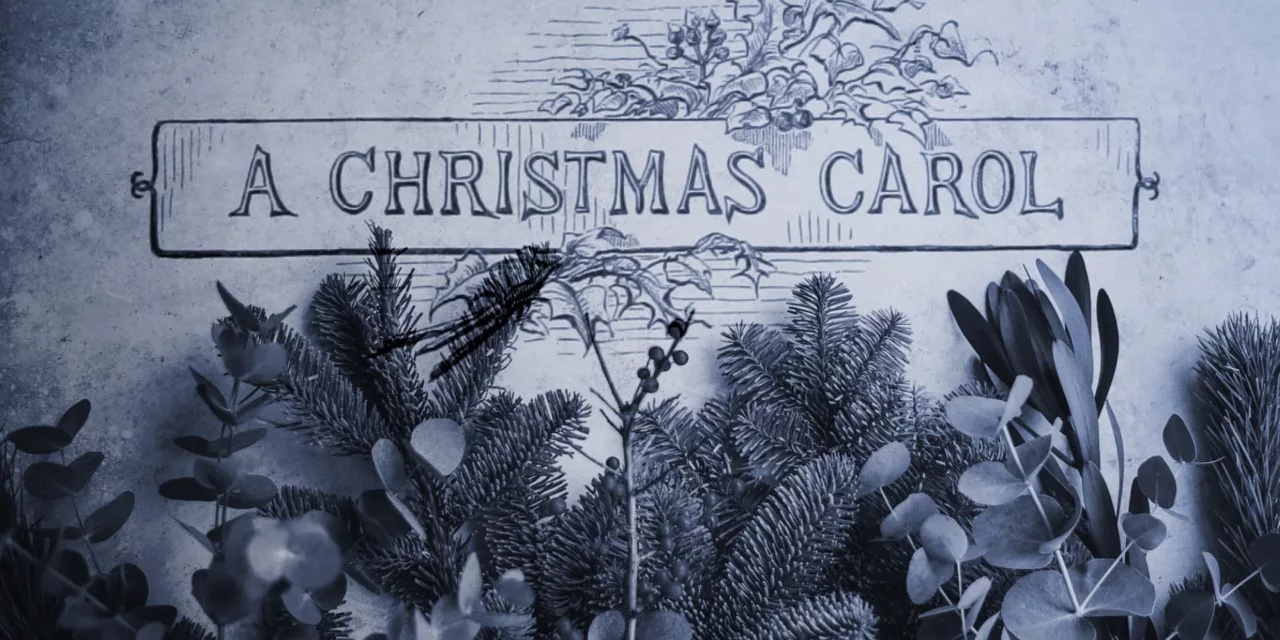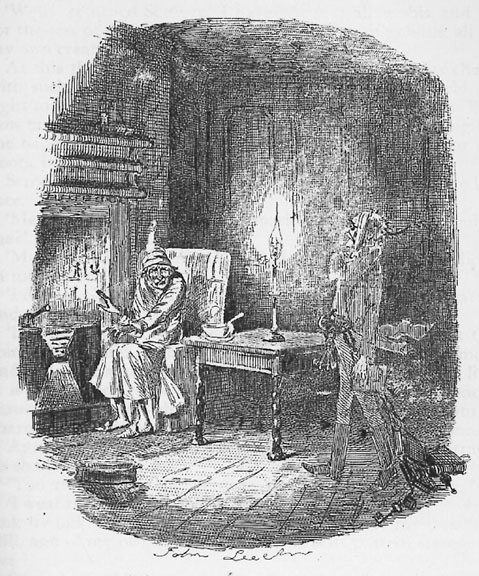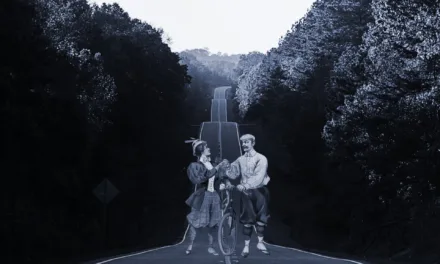
The Enduring Popularity of “A Christmas Carol”

As the subject of countless films, plays, and adaptations, Charles Dickens’ A Christmas Carol is perhaps the most long-lived Christmas story in history. Since its publication in 1843, A Christmas Carol has remained firmly in the public imagination and entered the English language as a staple of the season. Christmas just wouldn’t be Christmas without it!
A Christmas Carol has a fascinating history. In true Christmas spirit, it was originally conceived of as a festive money-maker rather than a work of passion by the 31-year-old Dickens.
Written in just over six weeks to make sure it was out in time for the Christmas market season, Dickens was a pioneer of writing to fulfil a seasonal demand. Despite lacklustre sales of his previous title, Martin Chuzzlewit, he had every faith that his Christmas book would be a success. His publishers, on the other hand, were not so confident. Consequently, Dickens’ covered the majority of the publishing costs himself – he was one of the earliest influencers of self-publishing both through the serialisation of his work and his willingness to carry publishing costs if his publishers weren’t willing to foot the bill.

Just because he chose a mercenary release schedule, however, does not mean that Dickens wrote A Christmas Carol purely for the money. It was written to address some very real issues that faced the people of his day. Many of these issues still exist, which is one of the reasons for the novella’s longevity in the public consciousness.
Dickens cared very deeply about the plight of children living in poverty and believed that education was the best way to stop impoverished children from turning to lives of delinquency and crime. Children were a ready source of cheap labour to unscrupulous employers in Victorian London, and it was that combination of childhood poverty and cruel, greedy employers that led to the novella’s main narrative themes.
The moral of the story is one that has stood the test of time. A Christmas Carol is fundamentally about the value of human beings as people, and not as commodities. It is Scrooge’s nephew Fred who neatly sums up Dickens’ views:
I have always thought of Christmas time as a good time; a kind, forgiving, charitable, pleasant time; when men and women seem by one consent to open their shut-up hearts freely, and to think of people below them as if they really were fellow-passengers to the grave, and not another race of creatures bound on other journeys.
A Christmas Carol has never been out of print and has been translated into several languages. It’s a worldwide phenomenon that children and adults alike delight in every holiday season. Of all the countless adaptations and reimaginings, every person will have their favourite (mine is the 1992 Muppet adaptation A Muppet Christmas Carol), but nothing beats reading the original novella.
The story of A Christmas Carol endures. Like the Christmas ghosts of Dickens’ tale, the story stays with us, fulfilling Dicken’s very own wish. In his words:
I have endeavoured in this Ghostly little book, to raise the Ghost of an Idea, which shall not put my readers out of humour with themselves, with each other, with the season, or with me. May it haunt their houses pleasantly, and no one wish to lay it.



























